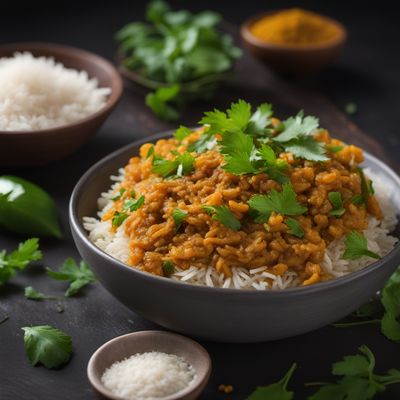
Dish
Bánh da lợn
Bánh da lợn is made by layering sticky rice flour and mung bean paste in a steamer. The layers are then steamed until cooked through and set. Once cooled, the bánh da lợn is cut into small squares and served. The dish is sweet and savory, with the mung bean paste providing a sweet contrast to the sticky rice flour.
Origins and history
Bánh da lợn is believed to have originated in Vietnam and is a popular dessert throughout the country. The name "bánh da lợn" means "pig skin cake" in Vietnamese, and it is believed that the dish was named this because the layers of sticky rice flour resemble the texture of pig skin.
Dietary considerations
Bánh da lợn is a gluten-free and vegan dish, making it a great option for those with dietary restrictions. The dish is also low in fat and calories, making it a healthier dessert option.
Variations
There are many variations of bánh da lợn, with different fillings and flavors being used. Some popular fillings include coconut, pandan, and durian. The dish can also be flavored with herbs and spices to add extra flavor.
Presentation and garnishing
Bánh da lợn can be presented on a platter with a variety of garnishes, such as fresh fruit and herbs. It can also be served in individual cups for easy handling.
Tips & Tricks
When making bánh da lợn, be sure to layer the sticky rice flour and mung bean paste evenly to ensure that the dish sets properly.
Side-dishes
Bánh da lợn can be served as a standalone dessert or as part of a larger meal. It pairs well with a variety of side dishes, including fresh fruit and tea.
Drink pairings
Bánh da lợn pairs well with a variety of drinks, including tea and coffee.
Delicious Bánh da lợn recipes
More dishes from this category... Browse all »
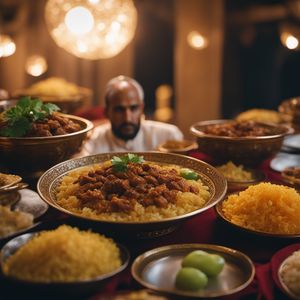
Ageeli
Yemeni cuisine

Agnello pasquale
Italian cuisine

Agnes Bernauer Torte
German cuisine

Amygdalopita
Greek cuisine

Angel Food Cake
American cuisine

Apfelkuchen
German cuisine

Arnadí
Spanish cuisine

Baked Alaska
American cuisine
More cuisines from this region... Browse all »

Bruneian cuisine
Bold, Complex, Spicy, Savory, Sweet

Burmese cuisine
Salty, Sour, Spicy, Umami, Sweet

Cambodian cuisine
Salty, Sour, Spicy, Umami, Sweet
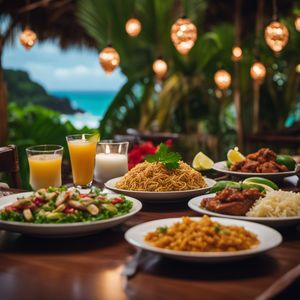
Christmas Island cuisine
Salty, Sour, Spicy, Umami, Sweet

East Timor cuisine
Spicy, Savory, Sweet, Sour, Umami
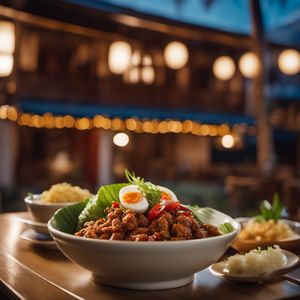
Filipino cuisine
Sweet, Sour, Savory, Spicy, Umami
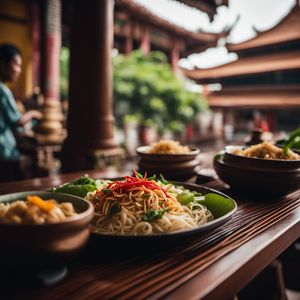
Lao cuisine
Savory, Spicy, Sour, Umami
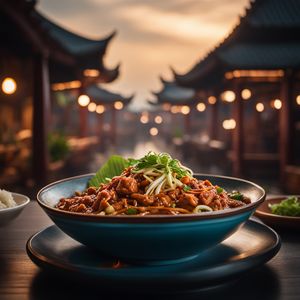
Malaysian cuisine
Spicy, Sweet, Sour, Savory
